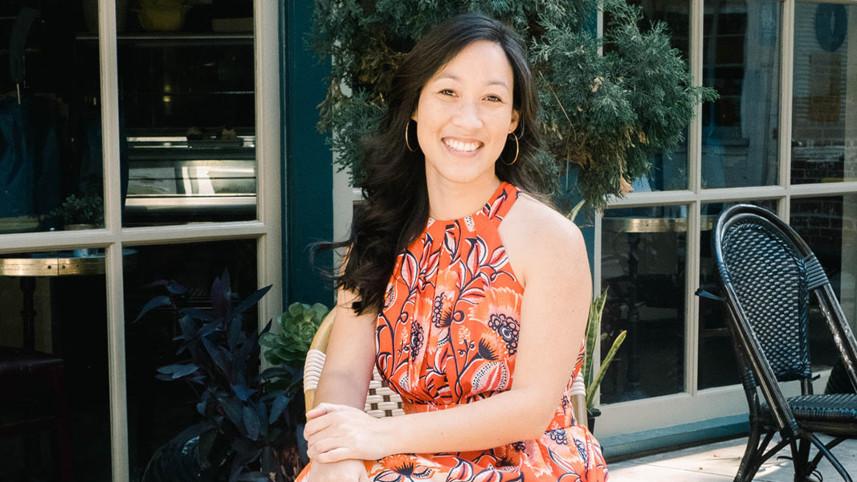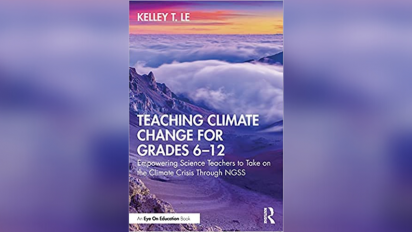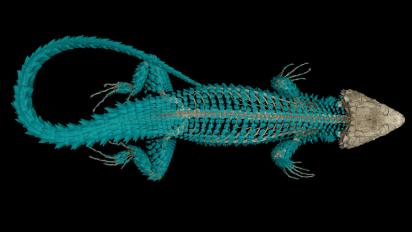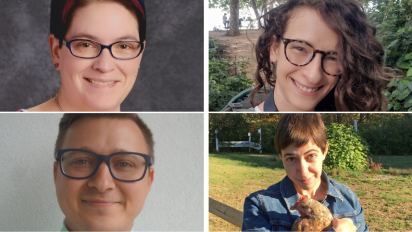Random Samples with Kelley T. Le

Kelley T. Le is the director of the Science Project at the University of California, Irvine, where she supports K–16 educators, educational leaders, and school districts with science, engineering, and equity for justice-centered education. Her book Teaching Climate Change for Grades 6–12 was published by Routledge in 2021. (Read our review.) The interview has been edited for length and clarity.
Glenn Branch: Your book is clearly aimed primarily at science teachers, but can you say a bit about why a broader audience might find it of interest?
Kelley T. Le: Teachers typically plan backwards, starting with core ideas then transitioning to lesson plans to present those ideas. This is also how all of us, teachers or not, should think about the climate crisis. We should start by imagining a world in which we’ve solved climate change and then ask: What would that reality look, sound, and feel like? What were the steps that we took individually and collectively to get there? Which actionable steps can be taken today to get closer to that vision? When we acknowledge the capacity that students, teachers, school leaders, and community members already have, we can authentically position them as capable problem-solvers for the climate crisis. It’s really a matter of helping to activate that agency already within.
Climate change is a complex, intersectional, and urgent issue that requires a diversity of solutions from every sector in society. If we want to provide students with 21st-century skills and knowledge, we need to support them to see how the disciplines merge to provide deep content knowledge and opportunities for diverse solutions. For K–12 educators, my book is a resource to help them take the first step in reflecting on their personal teaching practices, and be part of the critical mass needed to take on climate change centered on justice and culturally relevant approaches. Readers who are not themselves educators will learn, I hope, not only about the responsibilities and the opportunities facing these educators but also about how they can support and even model some of the approaches.
GB: Earlier in your career you were a high school science teacher. How do your experiences from the classroom inform the book?
KTL: I’m a first-generation Southeast Asian scholar from inner city Los Angeles, who went back to my community to teach. In that time, I learned that students were most engaged when I taught science in culturally relevant and solution-oriented ways grounded in climate and environmental justice issues. When science helped them to explain local phenomena related to human health, the environment, or injustice in ways that supported meaningful action, they saw the value of what they were learning. I also learned that I don’t have to know everything about climate change to teach about it. Acknowledging the limits of my knowledge actually provided more opportunities to co-construct experiences with students. Together, we engaged in the process of science, sharing the responsibility to meet content and district mandates in a way we found highly meaningful.
GB: A distinctive feature of your book is the repeated opportunities for readers to reflect on their attitudes and practices as they progress. How do you hope they will benefit from doing so?
KTL: If you don’t ask the right questions, you will never get the right solutions. This is true for both teaching pedagogy and the climate crisis. Our teaching pedagogy is informed (whether we’re aware of it or not) by our deeply rooted beliefs and values. I often ask educators to reflect on whether or not they feel they are teaching and preparing students for the needs and issues of the 21st century. If the answer is “yes,” I ask them to share more (to help articulate their beliefs and values) and encourage them to continue connecting with others to amplify their efforts. If the answer is “no,” I encourage them to reflect with me on what might be the purpose of 21st-century science education to see where we can meet in the middle. We can’t ignore the fact that societal needs and demands have changed. We need to get to the root of the problem and begin asking the right questions to support teachers, and that starts with giving them time to think about their theory of action guiding their everyday pedagogical decisions. Without that time for reflection, even the best professional development will never make it into the classroom. My hope is that teachers will see a benefit to evidence-based practices that call for students to situate their learning experiences in real-world contexts that consistently give deeper meaning to the content — that’s what Teaching Climate Change for Grades 6–12 tries to provide.
GB: The final chapter of your book, entitled “Education for Climate Action,” turns to discuss ways of teaching climate change that encourage students to take action on the climate crisis. Can you say a bit about the rationale underlying education for climate action?
KTL: Teachers are recognizing that when they teach climate change, students are often already engaged in the ethical dimensions of the topic. For example, teachers might introduce climate change by first talking about a local phenomenon such as wildfires, and how those further exacerbate existing environmental injustices such as poor air quality in inner cities. When a teacher stops instruction at this point without providing opportunities for students to engage in critical dialogue, ask deeper questions about the history of the existing conditions, or how to bring about future change by creating culturally relevant and meaningful solutions, it’s a missed opportunity for students to apply their knowledge to an issue that directly affects them. Teaching climate change abounds with opportunities to support students in their development into scientifically literate citizens who are, and will continue to be, directly affected (although some more than others) by the effects of climate change. My book aims to support science educators to meet those opportunities with intention.
This version might differ slightly from the print publication.





